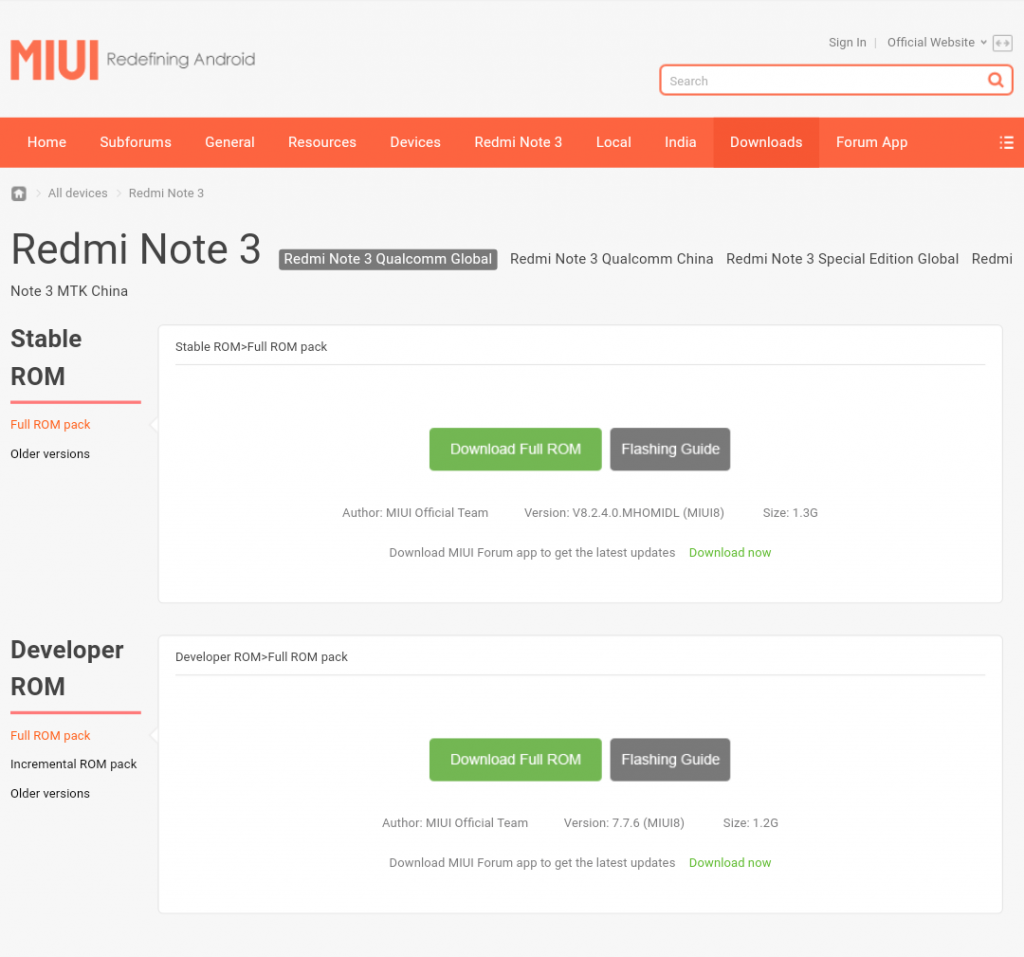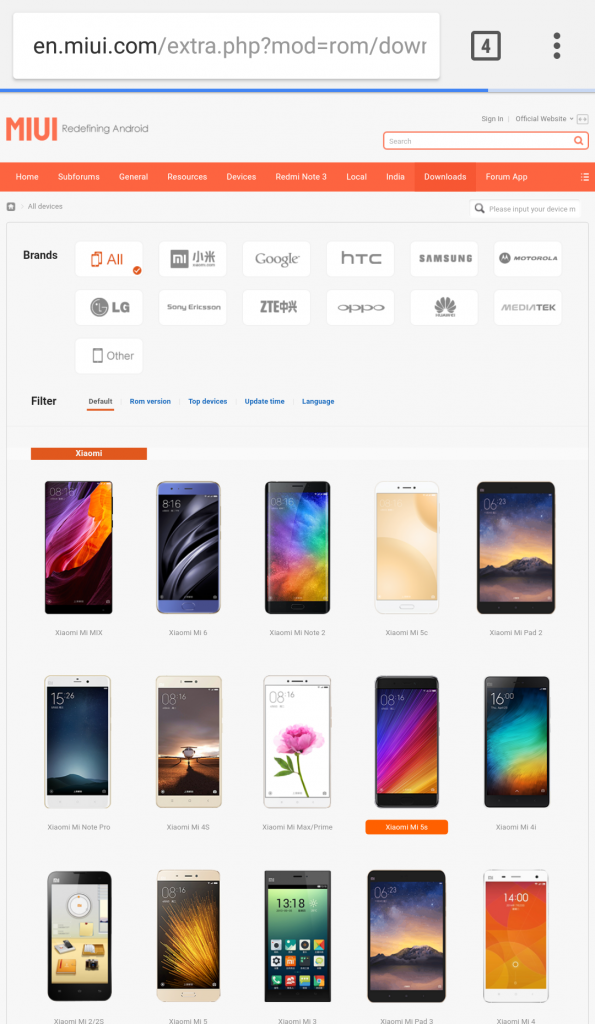Xiaomi is one of the most popular brand in the budget segment, not just in India, but some global markets too. We all know about the great hardware they provide at an attractive price. But another unique selling point of Xiaomi devices is their custom skin. Xiaomi User Interface, popularly known as MIUI. You might have come across some terms like Global Beta, Global Stable, China stable, etc. while trying to update your device. Here we are, with our full guide about different versions of MIUI explained.

• Downloading the ROM.
To download a particular ROM, first go to en.miui.com/Download and select your device from the list. Then select the appropriate ROM. [Detailed analysis of selection of ROM is down below]. Then, you can simply update from the updator app or by using the Mi Flash Tool. Make sure you download proper files for your device.

Here is the Guide on how to flash Stock ROM through TWRP Recovery
Xiaomi updates their MIUI every year. Like, they launched MIUI 7 in 2015, MIUI 8 in 2016. MIUI 9 will be released on 16 August 2017, in China. So, if you are very curious and eager to update to the latest version quickly, you might download the ROM from en.miui.com and update it manually. But here’s where some people get confused. For every single phone,
Xiaomi has four different ROMS.
1) Global Stable
2) Global Beta
3) Chinese Stable
4) Chinese Beta
Firstly, you need to know which variant of the phone you are using. Xiaomi generally launches phones with Mediatek chipsets in China, and later releases them in Global Markets with Qualcomm Snapdragon processors. So verify it by checking your phone box or from the About section of your Xiaomi device.
• Here’s our detailed explanation over them.
There are 2 different types of MIUI, Stable and Beta.
1) Stable MIUI [BEST]
Stable is the normal UI which is almost bug-free and perfect for day-to-day usage. This is that version of MIUI that is rolled out to the public users, via OTA’s and comes pre-installed on your device. It’s very stable with high optimization, hence it’s known as Stable. So if you want a very smooth experience, you must consider using Stable MIUI on your phone.
2) Beta/Developer MIUI
Beta is UI where you would find some bugs, but after all its Beta for a reason. It may contain some new features, on which Xiaomi is working on, but those features aren’t quite stable and still contain some bugs. So, interested users can flash Beta MIUI to get access to new features, and Xiaomi asks these users for their feedback. From this, they come to know the problems a normal user faces, and they fix them and soon roll out the Stable version. Remember, there may be or may not be bugs in Beta, but it’s an overall experience to get to use new features first.
Important : Bugs doesn't necessarily mean that the device is completely unusable. It simply means some minor stutters in the OS, you can live with it but prefer using Stable version of MIUI for the smoothest experience.
Here’s how you can flash Beta/Stable MIUI on your Xiaomi device.
• Chinese MIUI version.
Then we also have Chinese versions of these ROMS. Since Google services are banned in China, Xiaomi has a separate ROM for their devices in China that don’t have Google services installed. Not even Play Store! So if you have imported your phone from China, chances are that you will get the device that runs on Chinese MIUI that doesn’t come with Play Store installed. If you want to change from Chinese to Global ROM, we also have our guide how you can port from Chinese MIUI to Global MIUI here. Also, the Chinese MIUI also has the Beta and Stable stages. The only difference between Global & Chinese ROM is that all Google Services are disabled in Chinese ROM. Rest the whole Operating System remains almost the same (in the case of MIUI).
If your device doesn’t support Global ROM & if it is running MIUI based on Marshmallow then you can follow the guide below
So that’s our explanation on different versions and types of MIUI. Want to hear more from us about such awesome stuff ? Subscribe to our YouTube channel to get to see a video tutorial of what we explain here.

[…] If you are confused between different versions of fastboot files like Global/Global Developer/China then read this article […]